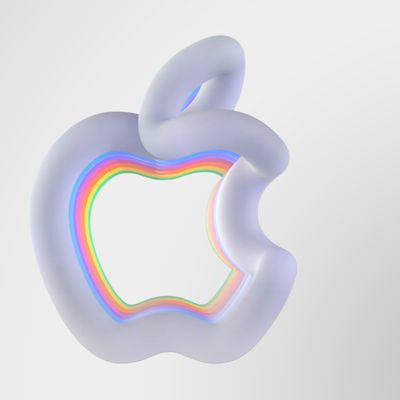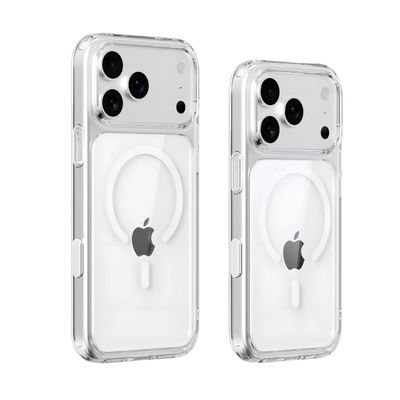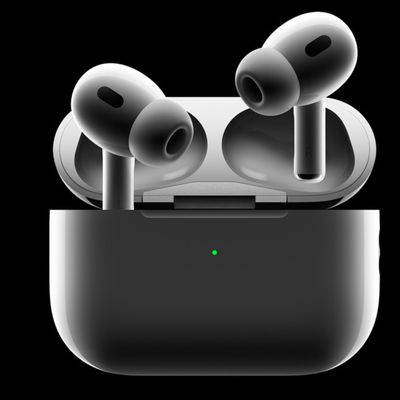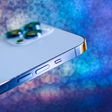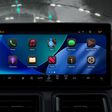Technicians in China have developed an arduous modification to eliminate the 24-inch iMac's "chin," achieving an all-screen design.
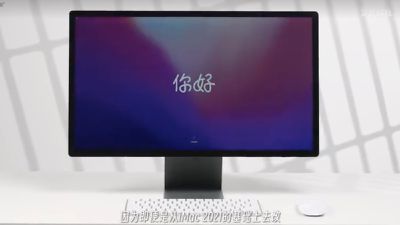
Io Technology, a group that makes hardware and chip-related modification and repair videos, posted a video that reveals some of the engineering behind the striking iMac modification on Chinese video sharing website Bilibili. It garnered attention on Twitter after being reposted by users like "DuanRui."
2002's iMac G4, which had equal bezels around the display, was cited as an inspiration for the modification. While moving most of the iMac's internal components to the stand like the G4 was initially considered, placing them directly behind the bottom edge of the display was the method eventually chosen to reduce the device's front profile, while retaining most of its thin design.
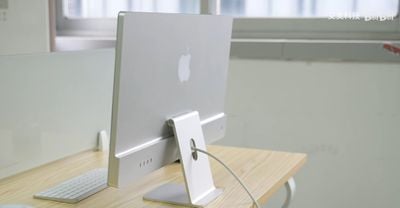
First, the iMac was disassembled and the display's "chin" area was cut off, with the edges being ground into the same shape as the top. A new rear casing with an enlarged area for the logic board and ports was created digitally and 3D printed for testing, before being machined out of aluminum and anodized. The iMac's components were then placed into the new housing, with some added measures to mitigate increased thermal constraints.
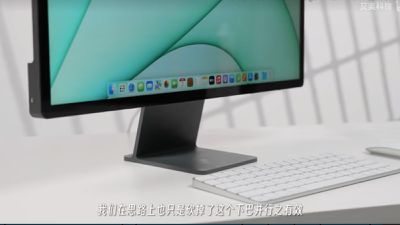
Along with the new casing, a backlit Apple logo made out of laser cut acrylic was added, reminiscent of older MacBook models. Io Technology also created a Space Gray version of the modified 24-inch iMac with black bezels around the display.
An all-screen iMac design was widely rumored in the run-up to the announcement of the 24-inch iMac in April last year. When the device was finally announced with white bezels and a prominent "chin," some users criticized the design. Nevertheless, it seems likely that the consistent thickness of the iMac and placement of its processor below the screen prevents heat from the chip being directly transferred to the display, which could shorten its life, as well as provides a more suitable place for the power cord.





